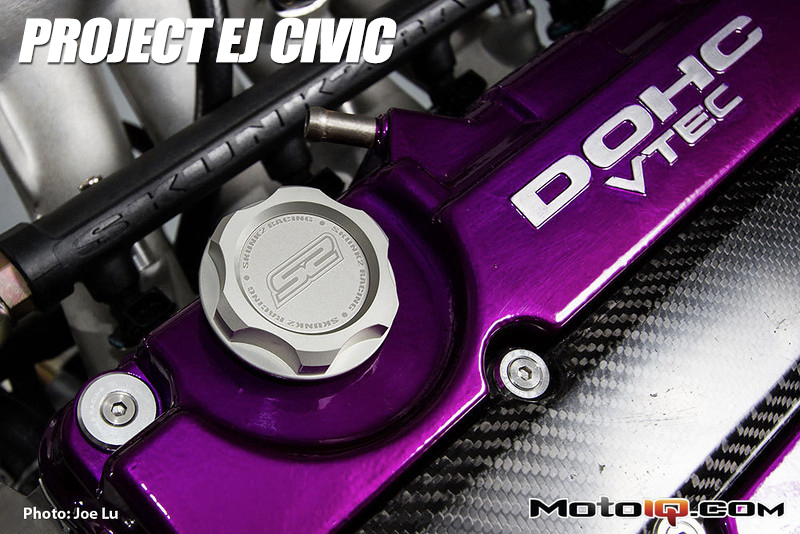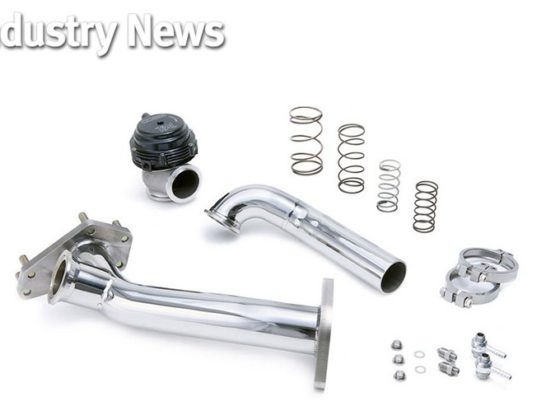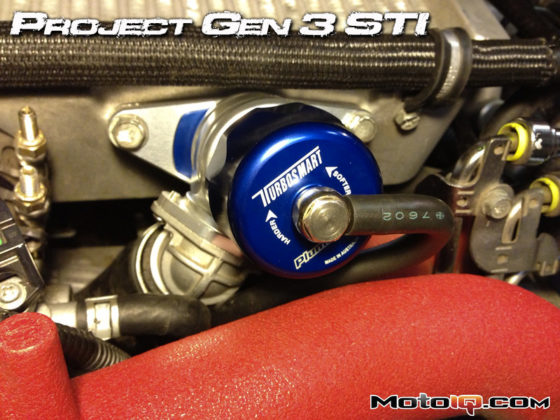 |
Project Honda Civic EJ: Building the B18C1 Part V
By Chuck Johnson
Photos By Joe Lu
In our last installment of Project Honda Civic EJ, we thoroughly explored the Harlem Shake phenomenon and also partially completed the assembly of our B18C1’s valve train. Now equipped with Skunk2 valve springs and titanium retainers; the cylinder head of our B18C1 engine is ready for completion. Next on this list? A set of Pro1+ camshafts, Skunk2 adjustable cam gears, and an ARP stud kit.
 |  |
| The B18C1 rocker shaft is hollow in the center allowing pressurized oil to be channeled down to each set of rocker arms, a critical component in making that V-TEC magic happen. | |
While installing the rocker assembly, it helps to use a rubber band to keep the primary, mid and secondary rocker arms together as an assembly. This also helps ensure that the locking pin used for V-TEC engagement doesn’t fall out. We didn’t have enough rubber bands, so we found Annie Sam’s secret stash of new hair bands and used those instead. Sorry Annie.
 |
Once the rocker shaft was completely installed, we removed the band around each rocker arm and shifted our attention towards preparing for the installation of the cylinder head.
 |
Since our factory head bolts, had seen hundreds of thousands of miles of service, we opted to replace them with an ARP stud kit. (Regardless of mileage, it is recommended to replace the head bolts.) Before installing the ARP studs, each hole was chased and cleaned out to be certain that any debris that could cause false torque readings or improper thread engagement was removed. With our ARP head studs being installed into a blind hole, we could not measure their stretch, which is the ideal method to measuring the preload of a fastener. Instead, we used a common torque wrench. In doing so, we made sure to use the fastener lube supplied by ARP to ensure proper torque readings.
 |
| Installing the studs and nuts without the ARP fastener lube can falsely manipulate the torque reading due to the increase in friction. This could result in the stretch and preload of the stud being lower than specified. |
The ARP stud, washer, and nut configuration promotes the fastener to stretch in a vertical axis instead of both stretching and twisting from torsional forces like an OEM bolt would. This results in more accurate torque readings and insures that optimal clamping forces have been achieved. In addition, the fatigue strength of the ARP studs is improved by rolling the threads after the heat treating process. Doing so deforms the material of the stud and introduces compressive stresses into the threads, improving the fatigue strength of the ARP studs.
 |
| The washers are precision ground to produce a high level of parallelism between the mating faces. This parallelism helps ensure that the studs can be accurately torqued and that the clamping force does not degrade over time. |




1 comment
Honda still recommends the overly expensive P73 LMA for their B18C5 (& JDM B18C Type R) motors for whatever reason. They recommend PCB-305 for stock B16/17/18C1 heads. Would you guys recommend using the PCB-305 LMAs on the stock Integra Type-R valvetrain instead? I want to replace the aging P73 cylinder-style ones in my R cause I believe they are getting sticky and causing noise at startup.